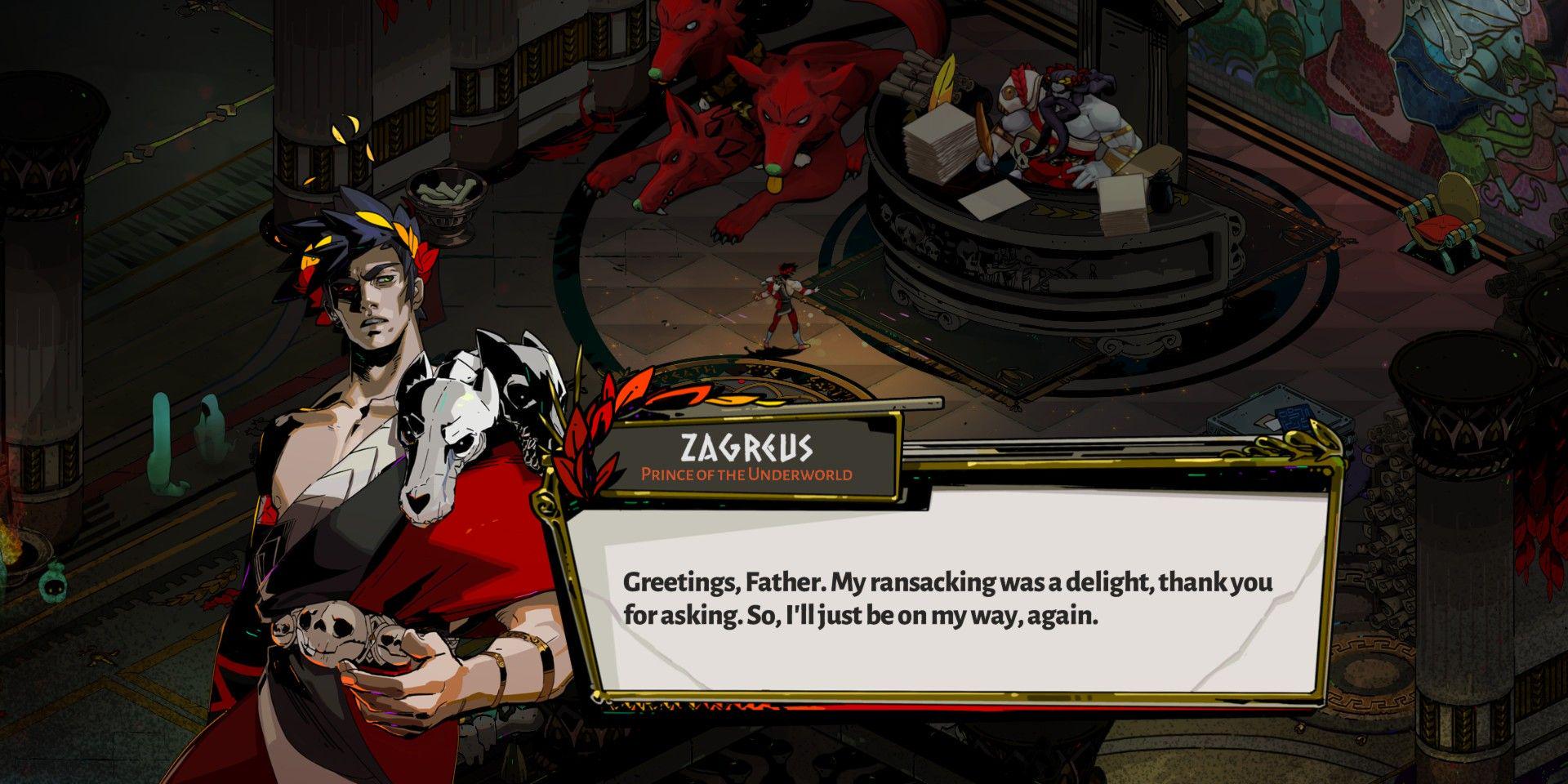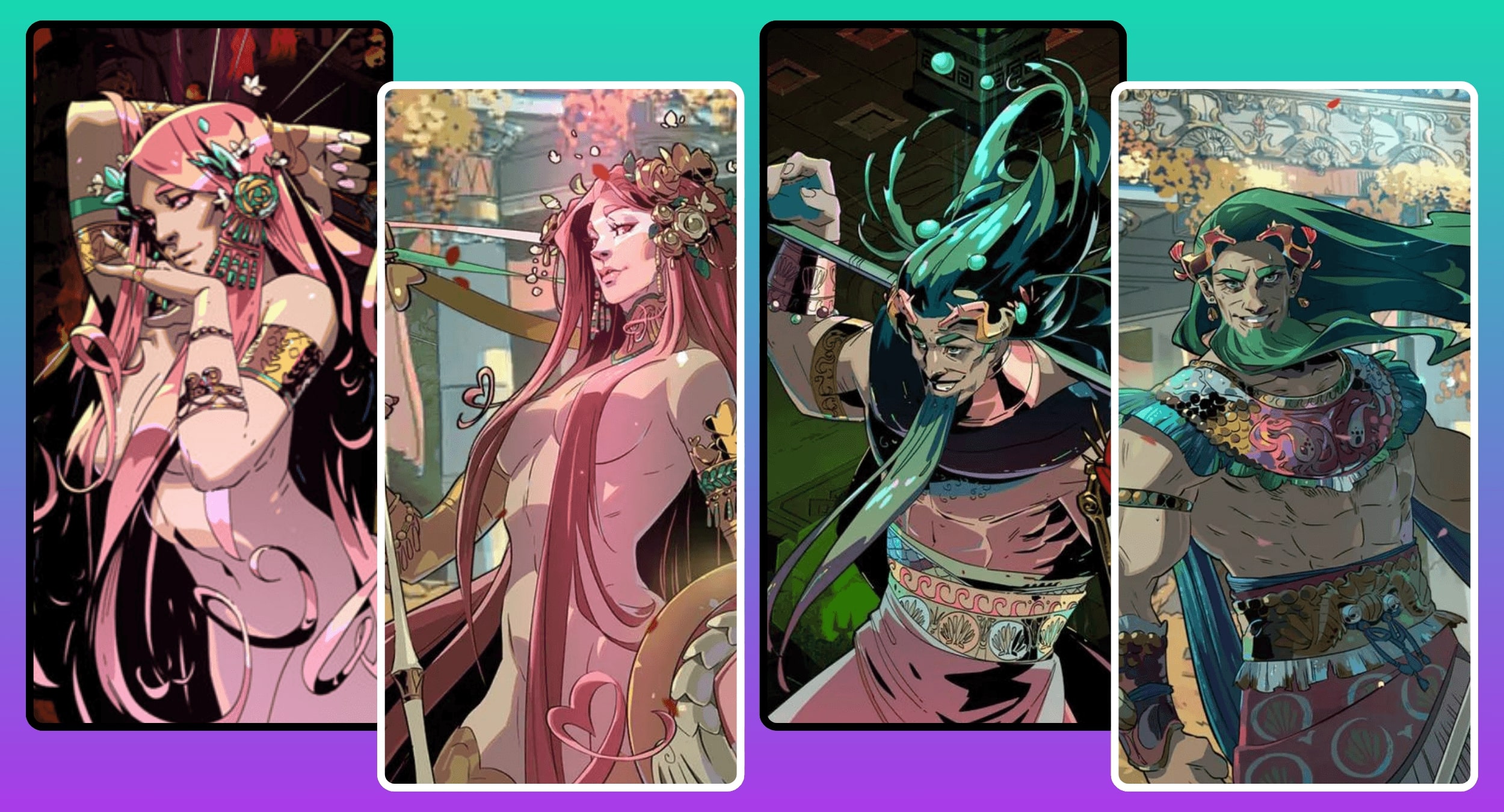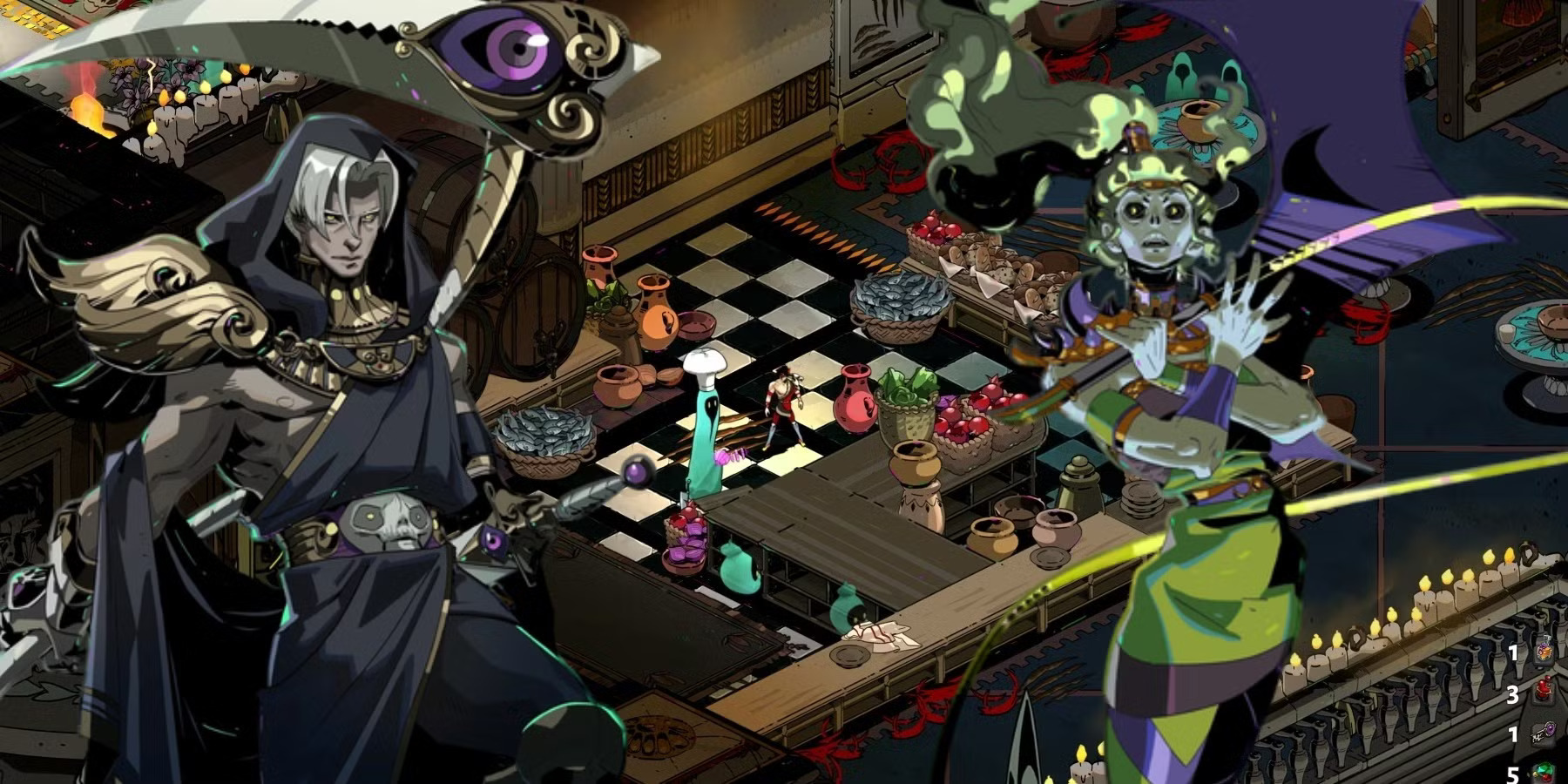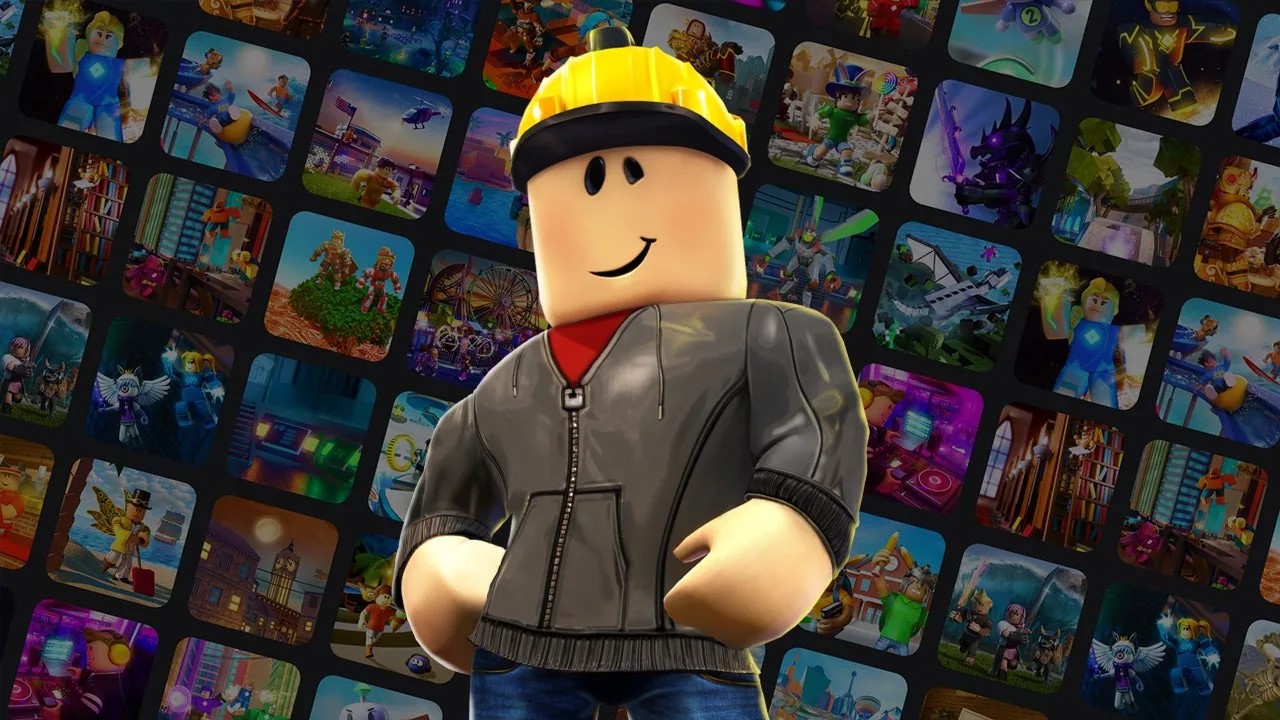- Hades teaches its mechanics gradually without relying on heavy tutorials.
- The game’s success comes from all elements (art, audio, story, and combat) working together toward a single goal.
- Characters react dynamically to the player’s choices, failures, and actions.
Even years after its release, Hades still feels like one of the cleanest examples of smart, modern game design. And honestly, when I was juggling classes and projects, I remember using a paper writing service once just so I could buy a few hours to sit down and really dig into how this game worked under the hood. It was worth it.
Hades isn’t just fun. It’s a case study in how strong systems, good writing, and unique art direction can elevate a game way beyond its genre.
The Core Loop That Actually Feels Good

The very first thing that hooked me was how smooth the core loop feels. Every run pushes you forward, even when you fail. Hades does this thing where it mixes repetition with just enough randomness to keep each run from getting stale.
The weapons shift, the boons shift, the rooms change, and suddenly you’re in that zone where one more run becomes ten more.
And yeah, that constant sense of progression matters. Even when you wipe, you take something back to the House of Hades. Nothing feels wasted. If you’re an aspiring game developer, this should teach you the importance of respecting players’ time.
Characters That React Like They’re Paying Attention

The cast in Hades hit me harder than I expected. These characters don’t just act like quest givers. They react to you, your choices, your loadouts, your failures, everything.
Some of the funniest and most personal lines in the game came right after I messed up a run. That dynamic dialogue system is something more students should try to study.
It shows how even a small shift in how characters respond can make players feel like they’re actually part of the world instead of just passing through it.
Hades taught me how much more powerful a story becomes when you attach it to progress instead of pausing the game to dump lore. Every run gives you a new context.
Sometimes it is a short dialogue, sometimes a new interaction with Achilles or Nyx, sometimes a shift in Zagreus’s relationship with his father.
It made me realize that good narrative pacing doesn’t always need long cutscenes. Sometimes it just needs a steady drip of curiosity.
Unique Art Direction & Audio Design

Everyone talks about the art style, but the thing that impressed me most was how functional it is. The contrast, the color choices, the silhouettes, the readability of enemies, all of it serves gameplay first.
In a genre where chaos can easily make fights confusing, Hades keeps everything clear. As a student, this hammered home why readability is just as important as visual flair. The game can be flashy without becoming a mess.
Darren Korb’s sound design is one of those things you don’t appreciate until you start breaking it down. Hits, dashes, spells, enemy cues, environmental sounds, all of it gives you information without overwhelming you.
And the music shifts with the fight so smoothly that you barely notice the transition. That is the kind of audio integration that makes gameplay feel natural instead of noisy.
Hades is tough, but it never feels unfair. A big part of that is how it introduces mechanics slowly, without drowning you in tutorials.
The optional God Mode is also a great example of difficulty scaling done right. It gives players breathing room without removing challenge or progression.
It convinced me that good onboarding should feel invisible. Players learn best when the game lets them discover things step by step.
How Students Can Use These Lessons
You don’t need to build a Hades-style game to study what it does well. When I started applying what I learned from it, a few things made the biggest difference.
Keep the loop simple but still rewarding. Make every failure feel useful. Give characters clear reasons to respond to the player. Use small story beats instead of huge lore drops.
Make the art easy to read, not just nice to look at. Treat audio like a gameplay tool, not just background noise. And watch new players closely to see where they get stuck.
Analyzing Hades taught me that good design often sits in small choices, not big AAA-like systems.
Hades works because everything in it feels intentional. Combat loops, character dialogue, art style, audio, story pacing, all of it pushes toward one goal: making players want to come back.
If you are a game dev student, don’t just play Hades. Study it. Slow down and look at why the game feels the way it does.
Break the systems apart. Take notes. Then take the ideas that fit your style and reshape them into something new. This is how you grow as a game developer.
Thank you! Please share your positive feedback. 🔋
How could we improve this post? Please Help us. 😔
Passionate gamer and content creator with vast knowledge of video games, and I enjoy writing content about them. My creativity and ability to think outside the box allow me to approach gaming uniquely. With my dedication to gaming and content creation, I’m constantly exploring new ways to share my passion with others.


 Threads
Threads

